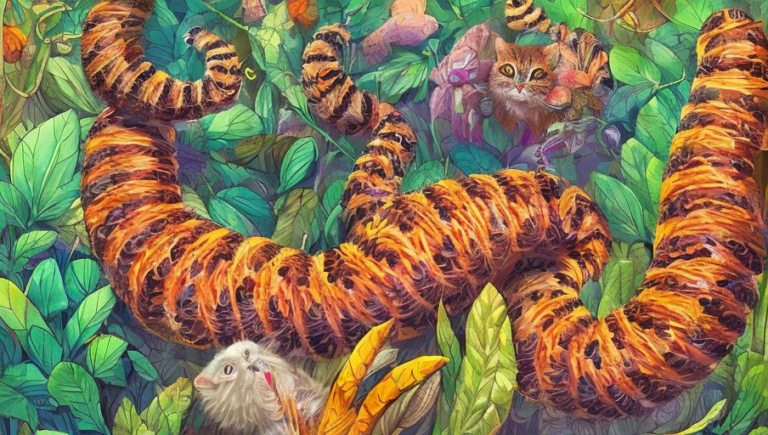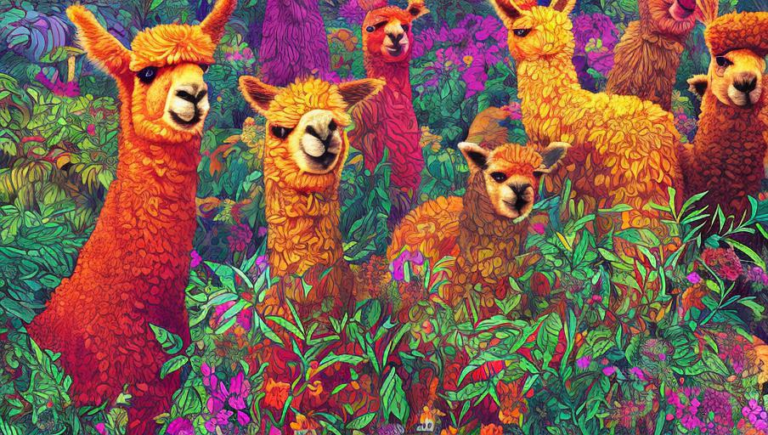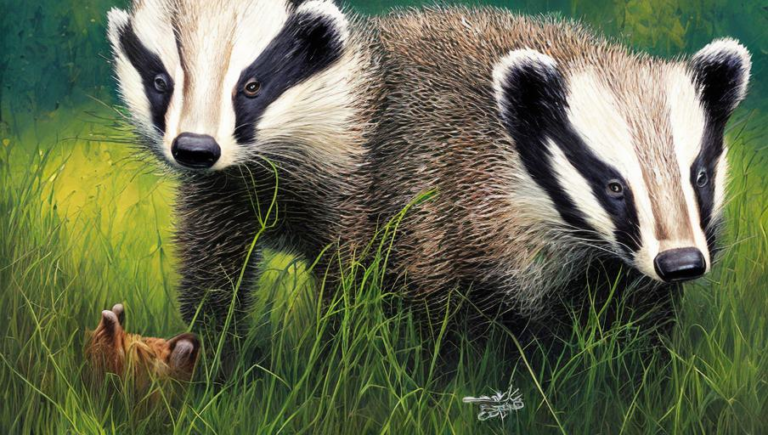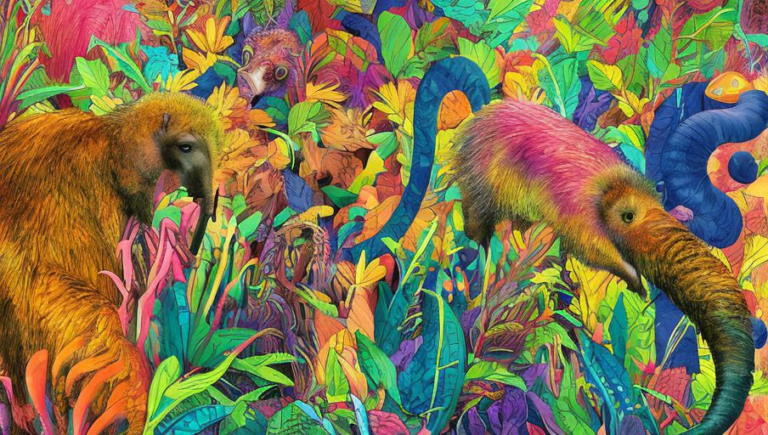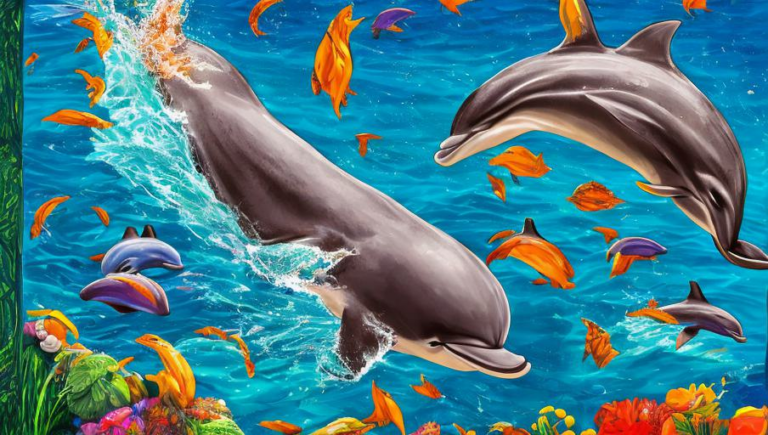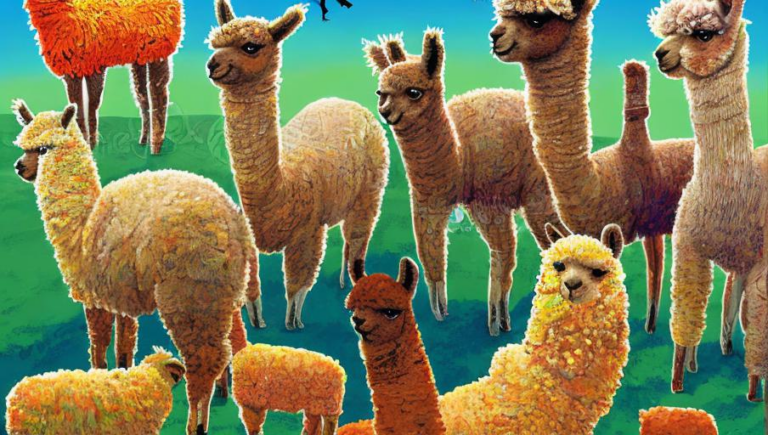A Day in the Life of an Aardvark
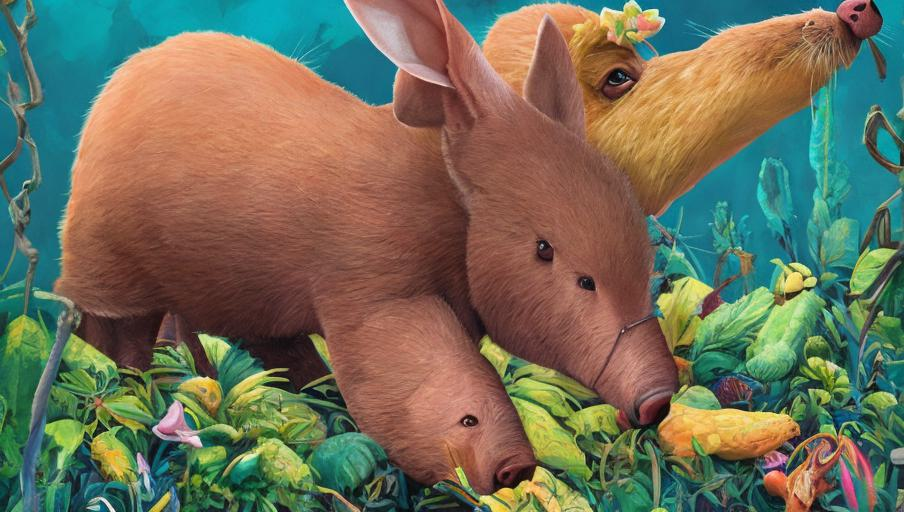
Introduction
The aardvark is a fascinating creature native to Africa, with a long snout, strong claws and a keen sense of smell. It is one of the few mammals that primarily feed on insects, and can eat up to 50,000 ants in one night! But what is a day in the life of an aardvark like?
Morning Routine
Aardvarks generally wake up in the early morning and begin their day looking for food. They have an amazing sense of smell which helps them to locate the ants and termites which make up the majority of their diet. They will often forage for these insects for several hours until the sun starts to rise.
Napping
Once the noon hour hits, aardvarks generally take a break from their foraging and take a nap. They will often find a patch of tall grass or a burrow and sleep for several hours. During this time, they are well-protected from predators, as they can bury themselves in the sand or use their strong claws to dig a burrow.
Afternoon Hunting
Once they awaken, aardvarks will continue their search for food, often returning to the same spot they were at earlier. They can travel up to 8 miles per night in search of food! They will also use their keen sense of smell to locate prey, using their long snouts to sniff out their prey. They also use their claws to dig into the ground and uncover ant nests.
Nighttime Roaming
When the sun sets, aardvarks will become more active. They will travel around their territory, looking for food and marking their territory with secretions from their scent glands. This helps to let other aardvarks know who is in the area. They will continue to roam until the sun comes up and they can start their day again.
Conclusion
Aardvarks are fascinating creatures that have adapted to their environment in order to survive. They are a keystone species in their habitat and help to keep the insect population in check. A day in the life of an aardvark is filled with foraging for food, napping, and roaming around their territory. These unique creatures have many interesting behaviors that we can learn from and appreciate.
